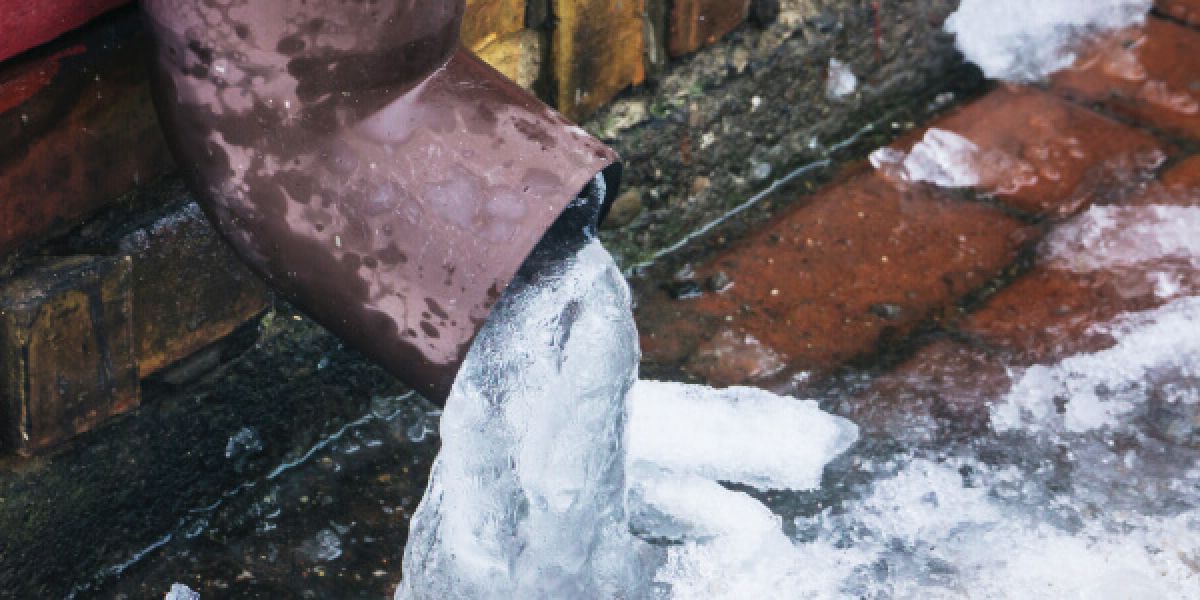Preventing Frozen Pipes in Winter: Critical Advice
Preventing Frozen Pipes in Winter: Critical Advice
Blog Article
Listed here further down you will discover a good deal of dependable information and facts related to How To Avoid Freezing Pipes.

Winter can wreak havoc on your pipes, especially by freezing pipelines. Right here's just how to avoid it from happening and what to do if it does.
Intro
As temperature levels decline, the threat of icy pipelines rises, potentially resulting in pricey fixings and water damage. Comprehending how to avoid icy pipes is essential for homeowners in cold climates.
Recognizing Icy Pipes
What triggers pipes to ice up?
Pipelines freeze when subjected to temperatures below 32 ° F (0 ° C) for extended periods. As water inside the pipes freezes, it expands, putting pressure on the pipe walls and potentially causing them to break.
Risks and problems
Icy pipelines can lead to water supply interruptions, property damage, and expensive repair services. Ruptured pipes can flood homes and trigger considerable architectural damage.
Indicators of Frozen Piping
Recognizing icy pipelines early can avoid them from rupturing.
Just how to determine icy pipes
Try to find lowered water circulation from faucets, unusual smells or noises from pipelines, and noticeable frost on subjected pipes.
Prevention Tips
Shielding susceptible pipes
Wrap pipes in insulation sleeves or make use of warm tape to shield them from freezing temperature levels. Focus on pipelines in unheated or outside locations of the home.
Home heating methods
Keep interior spaces sufficiently heated up, especially locations with plumbing. Open closet doors to permit warm air to flow around pipes under sinks.
Shielding Exterior Plumbing
Garden hoses and outside taps
Disconnect and drain garden hoses prior to winter season. Set up frost-proof faucets or cover outside faucets with protected caps.
What to Do If Your Pipelines Freeze
Immediate actions to take
If you think icy pipes, keep taps open to relieve pressure as the ice melts. Make use of a hairdryer or towels soaked in warm water to thaw pipelines gradually.
Long-Term Solutions
Architectural modifications
Think about rerouting pipes far from exterior walls or unheated locations. Include additional insulation to attics, basements, and crawl spaces.
Updating insulation
Buy top quality insulation for pipelines, attic rooms, and walls. Proper insulation aids keep constant temperature levels and lowers the risk of icy pipes.
Final thought
Protecting against frozen pipelines calls for positive measures and quick reactions. By understanding the causes, indicators, and preventive measures, home owners can shield their pipes during winter.
5 Ways to Prevent Frozen Pipes
Drain Outdoor Faucets and Disconnect Hoses
First, close the shut-off valve that controls the flow of water in the pipe to your outdoor faucet. Then, head outside to disconnect and drain your hose and open the outdoor faucet to allow the water to completely drain out of the line. Turn off the faucet when done. Finally, head back to the shut-off valve and drain the remaining water inside the pipe into a bucket or container. Additionally, if you have a home irrigation system, you should consider hiring an expert to clear the system of water each year.
Insulate Pipes
One of the best and most cost-effective methods for preventing frozen water pipes is to wrap your pipes with insulation. This is especially important for areas in your home that aren’t exposed to heat, such as an attic. We suggest using foam sleeves, which can typically be found at your local hardware store.
Keep Heat Running at 65
Your pipes are located inside your walls, and the temperature there is much colder than the rest of the house. To prevent your pipes from freezing, The Insurance Information Institute suggests that you keep your home heated to at least 65 degrees, even when traveling. You may want to invest in smart devices that can keep an eye on the temperature in your home while you’re away.
Leave Water Dripping
Moving water — even a small trickle — can prevent ice from forming inside your pipes. When freezing temps are imminent, start a drip of water from all faucets that serve exposed pipes. Leaving a few faucets running will also help relieve pressure inside the pipes and help prevent a rupture if the water inside freezes.
Open Cupboard Doors
Warm your kitchen and bathroom pipes by opening cupboards and vanities. You should also leave your interior doors ajar to help warm air circulate evenly throughout your home.
:strip_icc()/snow-outdoor-faucet-pipes-4af65d1e5e904fb1aa7bf74071fe5d89.jpg)
I was made aware of that article about How To Avoid Freezing Pipes through a good friend on our other web property. Those who appreciated our blog post please be sure to share it. We cherish reading our article about How to prepare your home plumbing for winter weather.
Call Today Report this page